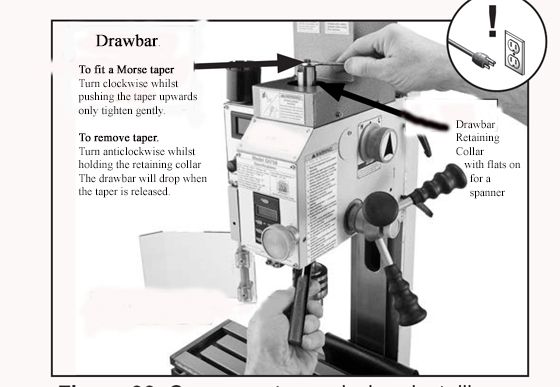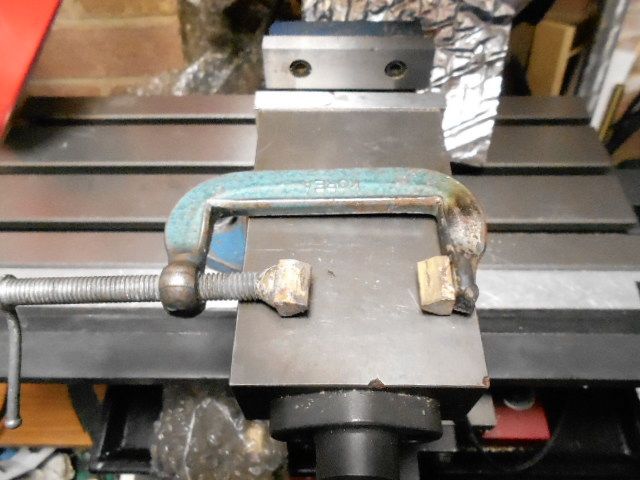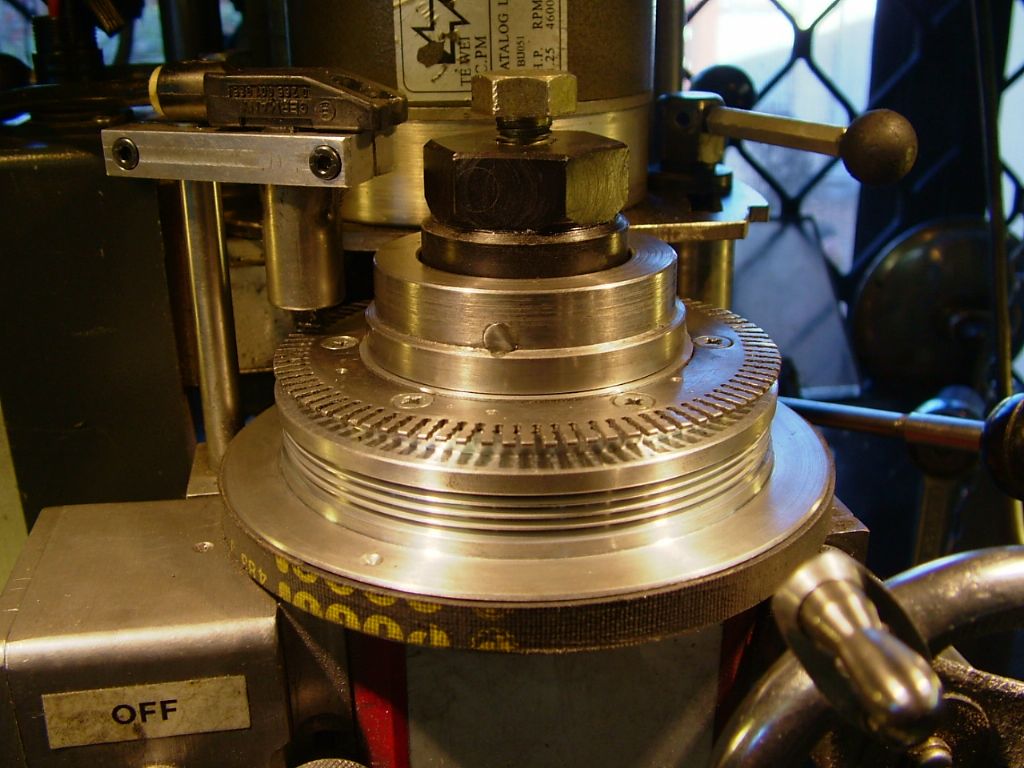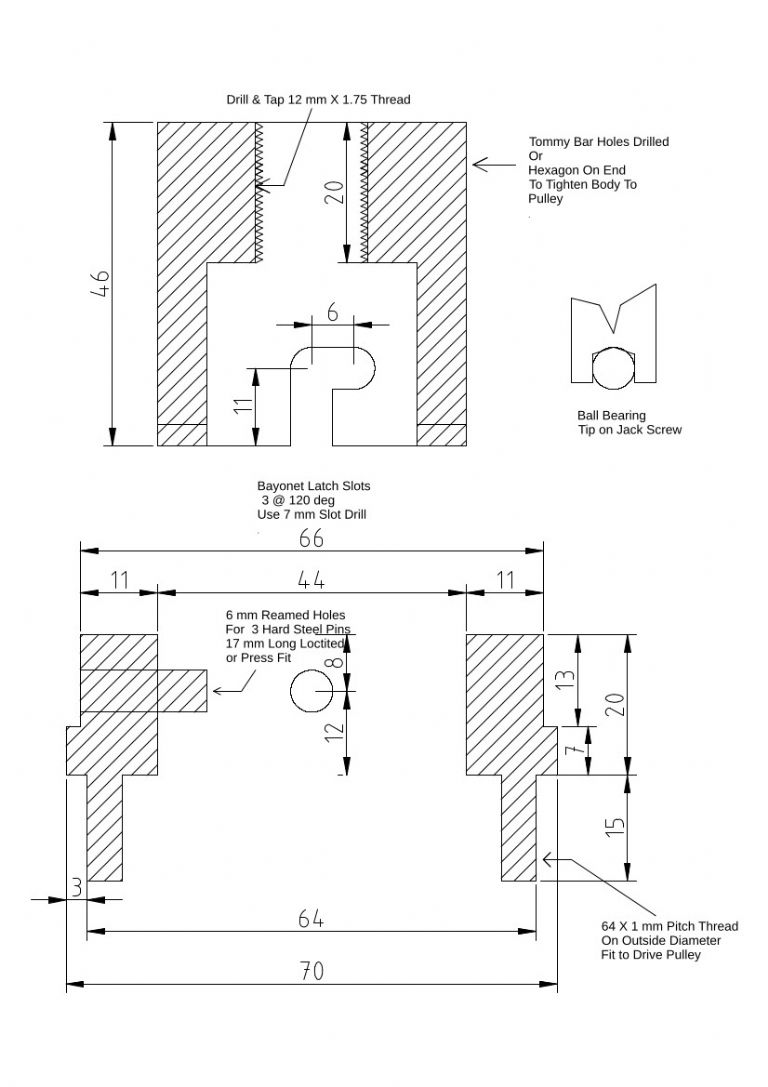Morse Taper Removal
Morse Taper Removal
- This topic has 67 replies, 29 voices, and was last updated 25 January 2020 at 19:29 by
oldvelo.
- Please log in to reply to this topic. Registering is free and easy using the links on the menu at the top of this page.
Latest Replies
Viewing 25 topics - 1 through 25 (of 25 total)
-
- Topic
- Voices
- Last Post
Viewing 25 topics - 1 through 25 (of 25 total)
Latest Issue
Newsletter Sign-up
Latest Replies
- Arc Euro Trade Ltd.
- Paint stripper does not do what it says on the tin
- Model Engine running just off a naked flame
- Woodward/Wilding Gearless clock
- Hopeless…Alibre Ass
- Edward Thomas excessive wheel slip
- Adding a quill lock to a drill press
- Diving in to ATC?
- Redwing Cylinder head
- Pipe bending by hand versus pipe bending tools








